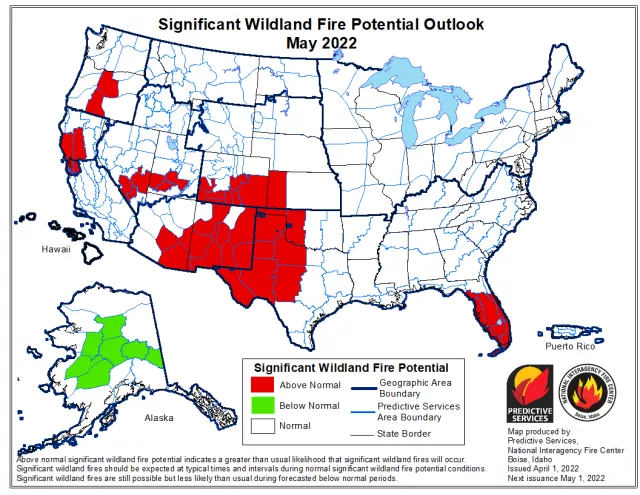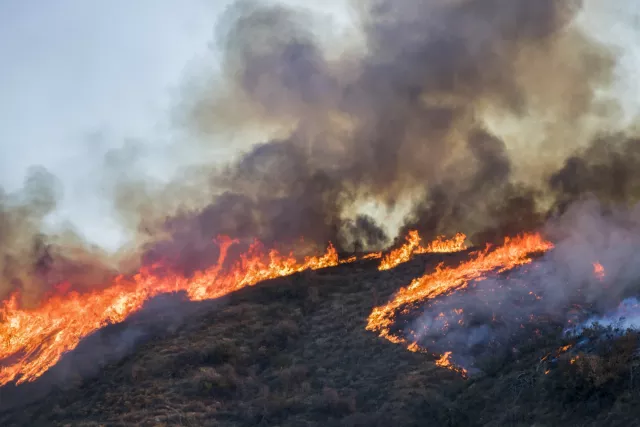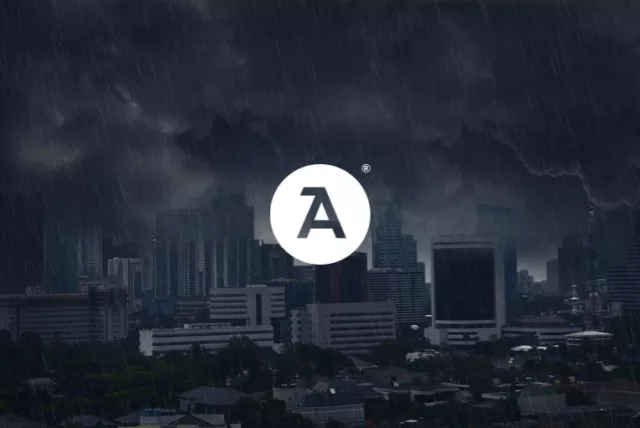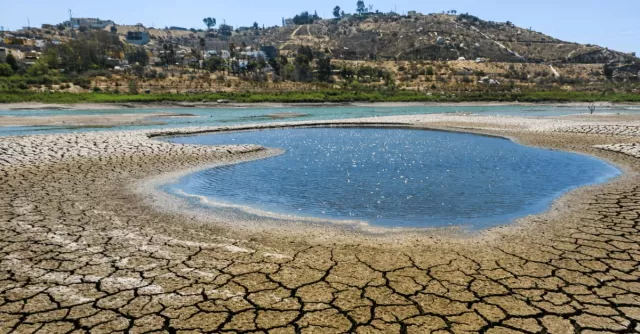Preparing for the 2022 Wildfire Season
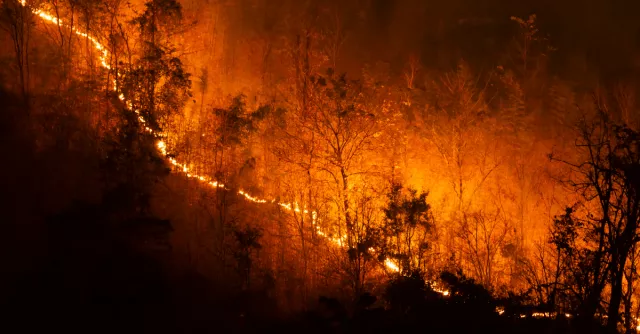
According to a Cal Fire incident report, wildfires in 2022 have already burned about 6,441 acres and caused 1,301 incidents in California alone as of April 26; nationally, wildfires burned more than 1.1 million acres in 2022 by May 3 — more than twice as many acres as by this date last year.
Wildfires mainly spread in areas with dense natural vegetation. They are very common in less developed, rural settings. They may also spread to urban areas if there aren't appropriate extinguishing measures.
A wildfire can have devastating impacts on your business assets and staff. With a disaster preparedness plan, your company can resume its operations faster. Consider the following precautions for your company in the 2022 wildfire season:
Know the Wildfire Season in Your Area
Across the country, AccuWeather predicts 68,000-72,000 fires that will burn between 8.1-8.3 million acres in 2022.
Wildfire seasons vary with geographical areas and causes. Experts warn of increased wildfire risk across the plains of Rocky Mountain Area, Southwest Area, and Southern Area. Wildfire predictions in your area can help guide your disaster preparedness plan.
Most of the parts of Texas, the Plains, and the West remain in the worst drought since 800 A.D.; according to AccuWeather, "As of April 26, 2022, roughly 91% of the West was experiencing at least moderate drought, with 79% of the region experiencing at least severe drought." Increased drought is also reported in the eastern Carolinas, South Florida, and Gulf Coast. Temperatures were also mostly above average on the East and West Coasts.
Most of the Southwest area is predicted to experience above-normal wildfires this spring and summer. The wildfires are likely to spread across western and southern Colorado and the southern parts of the Great Basin. California is forecast to have increased wildfires too, with the threat increasing due to possible lightning strikes with summer storms, after having its second-driest January on record in 2022.
Hold a Productive Preparedness Discussion
Talking to your employees about wildfire preparedness is another strategy you should consider. Make this topic an agenda item during your next organizational or staff meeting. The discussions will allow your team to give opinions on a preparedness strategy.
Ensure that the discussions are informative and productive for a sound preparedness strategy. Talk about the effects of wildfires and the importance of having an evacuation plan. Learn more about terms like warnings, watches, and advisories associated with fire conditions.
Use the discussions to agree on how to create a defensible space on your premises. You should also focus on your company's emergency communication plans.
Carry Out a Tabletop Exercise
A tabletop exercise will give you an overview of the steps your business will take to respond to a disaster and will lead various participants through a wildfire simulation. In this simulation, they'll be asked to examine the preparedness plan.
Tabletop exercises can run without interfering with work. They allow for discussions on the procedures, roles, and responsibilities in an emergency. When holding a tabletop exercise, focus it on your company's ability to respond to a disaster.
The exercise should help you identify improvements you can adopt to keep your staff safe. It can help you learn how to keep your operations running after the fires.
Create a Defensible Space in Your Premises
Create three zones (defensible spaces) around your premises. These defensible areas can help stop or slow wildfires. You should set them as guided by the Federal Emergency Management Agency.
Zone 1 should lie 5 feet from your building, while Zone 2 should lie 5 to 30 feet from your building. Your Zone 3 should be 30 to 100 feet from the building for the greatest effect.
In Zone 1, consider clearing combustible materials and replacing any flammable vegetation. You should also prune any shrubs and branches to create up to 5 feet allowance from the building.
Zone 2 should be free of dying and dead branches from shrubs or trees. It should also include storage buildings, utility sheds, and pergolas 30 feet away from your premises.
Ensure that all tall trees don't have touching canopies and are up to 100 feet from your building under Zone 3. Consider thinning vegetation, removing underbrush, and keeping firewood away from your premises.
Keep Your Preparedness Momentum Moving All Year Long
Your disaster preparedness plan should be in motion all year long for the best outcomes. The Incident Command System and National Incident Management System can help in emergencies. Refer to the Crisis and Emergency Risk Communication program for crisis communication help.
You should also have a business continuity plan in your preparedness plan. Run it alongside a self-assessment program of your company's level of preparedness. The plan will help you determine whether your business is ready to cope with a wildfire.
Understand the Community Emergency Operations Plans
Review the emergency operations plans as you prepare your organization for the wildfires. Partner with other businesses in your communities to improve your company's preparedness level.
Contact the local emergency manager for help with local emergency management resources. You should also reach out to representatives of local disaster management organizations. This collaboration helps identify weak points in your wildfire incident management plan.
Have a Post-Wildfire Recovery Plan
Come up with a post-wildfire recovery plan to help your business recover from the disaster. Have it ready once your local emergency personnel or authorities give you the "all-clear" signal.
Use this plan to review potential business interruption impacts, coverage, and claims. You should also prepare a damage assessment report that documents all forms of damage incurred on your property.
Send your claims handler a copy of the damage assessment report and claims list. Your insurer will need these documents to compensate your business for any losses.
Contact emergency services, surveillance experts, and hospitals for injured staff if necessary. Plumbers, electricians, biohazard companies, and cleaning services may be hired for restoration purposes.
Looking to Manage Your Business Continuity Program?
Create a wildfire preparedness plan for your business to help maintain resources. The plan will also protect people, ecosystems, and properties. It'll take less time for your company to recover from the disaster if there's a sound plan.
Count on Agility Recovery for your disaster recovery and business continuity solutions. We help businesses create sound plans to overcome interruptions and gain organizational resilience. Stay prepared for anything by requesting a free demo today.
